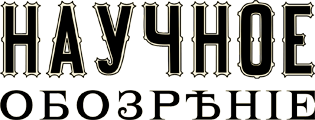Scientific journal
Scientific Review. Technical science
ISSN 2500-0799
ПИ №ФС77-57440
ISSN 2500-0799
ПИ №ФС77-57440
EXPERIMENTAL INVESTIGATIONS OF FIBRE-REINFORCED CONCRETE ELEMENTS EXPOSED TO BENDING WITH TORSION
This paper examines the impact of particulate reinforcement steel fiber reinforced concrete elements subjected to the joint effects of torsion with bending at short uploading . Experimental studies were carried out at the Department of reinforced concrete and masonry structures of the Saint-Petersburg State University of Architecture and Civil Engineering, under the guidance of prof. Morozov V.I. The experiments revealed that fibre-reinforced concrete and reinforced concrete beams are destroyed with the formation of geometrically complex spatial section , cracks are formed at an angle of about 45 degrees. Cracks in fibre-reinforced concrete elements have a smaller opening width compared with reinforced concrete and smaller step. This effect is explained by the presence of dispersed fiber reinforcement in the tension zone fibre-reinforced concrete beams. Concrete matrix with the inclusion of fibre-reinforced concrete significantly increases its maximum elongation compared with concrete examples, hence the increased fracture toughness and load-carrying capacity and therefore a greater number of fractures with less disclosure.


 science-review.ru
science-review.ru